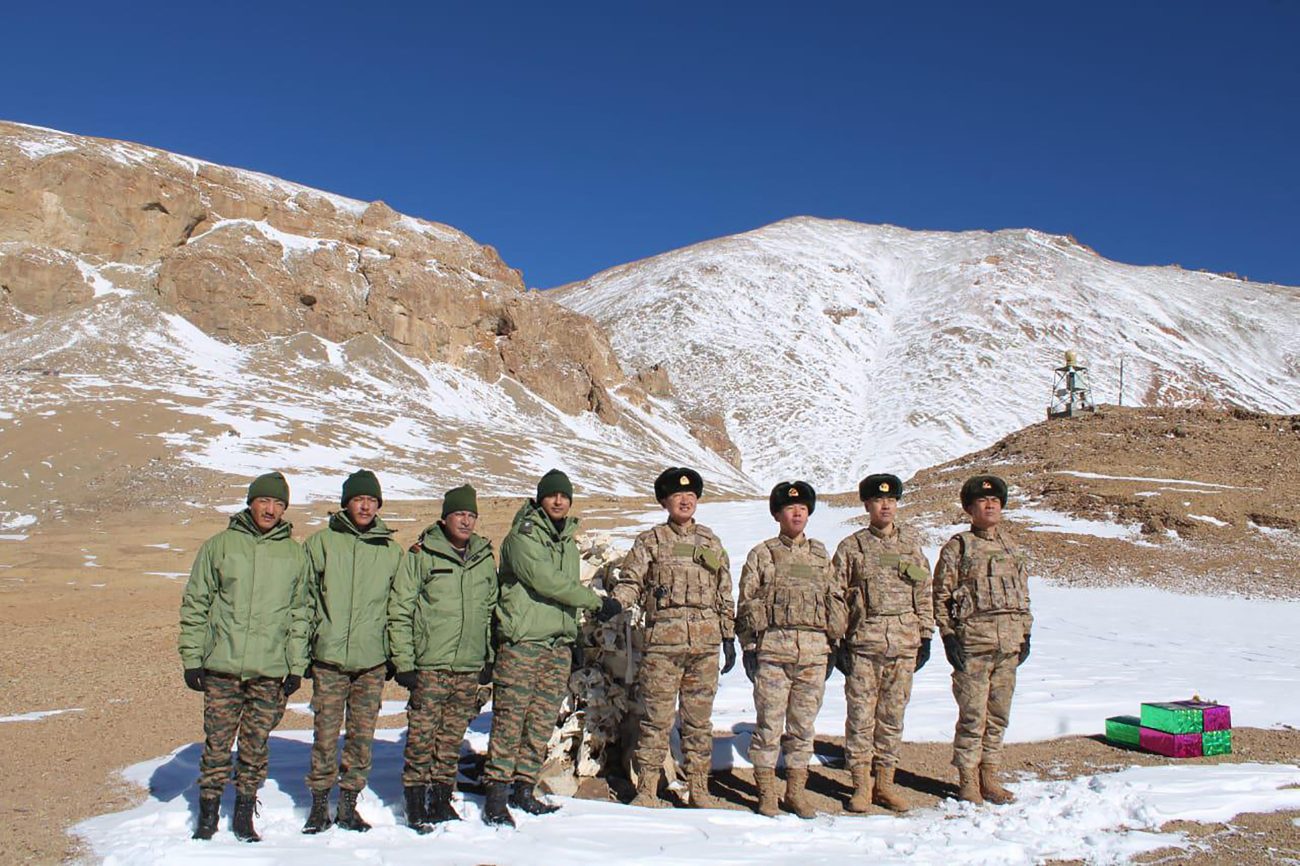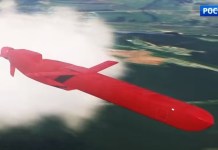OPED By Dr. Imran Khurshid
Indian External Affairs Minister Dr. S. Jaishankar’s recent visit to China—his first since the 2020 Galwan Valley clash—occurred at a time of considerable geopolitical turbulence. In the aftermath of Galwan, where 20 Indian soldiers were killed, this high-level engagement reflects both necessity and complexity in India-China ties.
“The International situation, as we meet today, is very complex,” Jaishankar said during his meeting with Chinese Vice-President Han Zheng ahead of the Shanghai Cooperation Organisation (SCO) summit in Beijing. “As neighbouring nations and major economies, an open exchange of views and perspectives between India and China is very important,” he added
Yet beneath this diplomatic tone lies a deeper strategic disquiet—a recognition that China continues to disrespect India’s core national interests while expecting absolute deference to its own.
China’s Duplicity
Just days before Jaishankar’s visit, the Chinese Embassy in New Delhi issued a sharp warning to India over discussions about the Dalai Lama and his succession. The embassy accused Indian strategic thinkers, academics, and even former officials of making “improper remarks,” asserting:
“They should be fully cognizant of the sensitivity of issues related to Xizang, and that the reincarnation and succession of the Dalai Lama is inherently an internal affair of China, brooking no interference of any external forces.”
Yu Jing, the Chinese embassy spokesperson, even called Tibet “a thorn in China-India relations and a burden for India,” warning that playing the “Xizang card” is akin to “shooting oneself in the foot.”
This statement was issued in response to India’s political leaders extending birthday greetings to the Dalai Lama and the spiritual leader’s own assertion that his successor would be born in a free country, not in Chinese-occupied Tibet.
Ironically, while China demands respect for its “internal affairs,” it continues to violate India’s sovereignty through aggressive claims on Arunachal Pradesh (which it calls “South Tibet”), its refusal to settle the boundary dispute, and its active military support to Pakistan.
Strategic Hostility Under The Guise Of Engagement
Even as Jaishankar’s visit aimed to maintain a dialogue, the reality on the ground remains stark. Indian and Chinese troops continue to face each other across the Line of Actual Control (LAC), with several friction points unresolved.
While a limited border-patrolling agreement was reached just ahead of the Modi-Xi meeting in Kazan—making that engagement possible—the broader disengagement process remains incomplete despite multiple rounds of military-level dialogues.
China’s actions belie its words. It does not seek to settle the border with India—as it has with 12 of its 14 neighbours—because an unsettled border gives Beijing leverage.
It uses the border standoff as a tool of coercive diplomacy, keeping India locked in a continental security mindset, diverting its strategic attention and resources away from maritime ambitions, regional leadership, and technological development.
China’s strategic doctrine vis-à-vis India is clear: maintain pressure, sow instability, support adversaries, and restrict India’s strategic space.
This became evident when India’s Defence Minister Rajnath Singh declined to sign a joint statement at the SCO defence ministers’ meeting after China and Pakistan objected to India’s request to include a reference to the Pahalgam terror attack.
Instead, the draft statement echoed Pakistan’s position by including references to Balochistan—clearly a coordinated effort to diplomatically corner India and shift the narrative.

Undermining India & Erasing Identities
China’s support for Pakistan has become more direct and brazen. During May’s Operation Sindoor, Beijing provided Islamabad with real-time satellite surveillance, radar optimization, and electronic inputs to track Indian troop movements and missile deployments—an unprecedented level of coordination confirmed by India’s Deputy Army Chief.
China has also supplied key platforms such as the HQ-9 air defence system and the PL-15E long-range air-to-air missiles. Today, over 80% of Pakistan’s military hardware is Chinese in origin.
Moreover, Beijing is coordinating with other countries like Bangladesh and Turkey to marginalize India in South Asia.
On June 19, China hosted a trilateral meeting with Pakistan and Bangladesh in Kunming, launching a foreign secretaries’ dialogue seen as a potential rival to Indian-led regional initiatives.
At the same time, Turkey has expanded its defence cooperation with Bangladesh, including joint production agreements—moves analysts interpret as part of a broader strategy aligned with Beijing.
Furthermore, while Beijing fiercely defends its internal affairs, it interferes with religious and ethnic matters in occupied regions such as Tibet and Xinjiang. China is now trying to engineer the reincarnation of the Dalai Lama, insisting that only the Communist Party has the authority to appoint his successor—a move reminiscent of its installation of a state-backed Panchen Lama in 1995.
At the same time, as per the reports, more than one million Tibetan children—including at least 100,000 pre-schoolers aged 4 to 6—have been forcibly separated from their families and placed in state-run boarding schools. In these institutions, Tibetan language, culture, and religion are suppressed in favour of Mandarin instruction and political indoctrination. The Tibetan Action Institute has called this policy “colonization through education,” warning that it constitutes a form of cultural genocide.
It is equally aggressive in Xinjiang, where its treatment of Uyghur Muslims is well-documented but rarely challenged internationally.
Why The Global Silence?
The world’s reluctance to confront China stems from geoeconomic dependence. Beijing has entrenched itself deeply into global supply chains, financial systems, and markets.
Over 90% of the world’s rare earth processing—crucial for everything from smartphones and EVs to military technologies—is controlled by China. It also dominates rare earth magnet production, giving it overwhelming leverage.
China has utilized this advantage strategically, imposing export restrictions on key minerals such as gallium and germanium, and tightening licensing requirements for medium and heavy rare earths. These actions deter international resistance, as most countries fear supply chain disruptions or retaliatory trade measures.
This global dynamic has direct implications for India as well. As Jaishankar raised the issue of rare earth dependency during his visit, it highlighted India’s own strategic vulnerability. In his meeting with Chinese Foreign Minister Wang Yi, he called for the removal of “long-standing trade barriers” and cautioned against “restrictive measures” affecting critical supply chains.
Yet this comes at a time when China is openly acting against India. With friction persisting across the LAC and China leaving no opportunity to undermine India, raising rare earth issues in Beijing reflects India’s continued dependency and exposure.
Beijing continues to disregard India’s red lines. It obstructs India’s entry into global nuclear groupings, shields Pakistan-based terrorists from UN sanctions, and asserts territorial claims, while expecting India to remain silent on Taiwan or the Tibetan leadership.
This pattern of behaviour is not incidental; it stems from a deeper strategic mindset. This posture aligns with Beijing’s broader view of India, one rooted in condescension. China expects India to remain compliant and restrained in asserting its interests. As former Foreign Secretary Vijay Gokhale rightly observed, “China does not think of India as its peer… It considers only the US and Russia as countries on par with it,” and sees India as a “referential” entity—valued only in terms of how it aligns with or affects China’s global standing. In Beijing’s strategic outlook, India is seen as having no independent agency of its own.
This is evident in its strategic behaviour and its dismissive tone. China wants India to stop engaging with Taiwan or Tibetans, but claims Arunachal Pradesh and stalls every effort at boundary resolution.
Geo-Economics In The Base
The China problem is fundamentally a geoeconomic issue that manifests in geopolitics. Its global influence stems from its manufacturing dominance, control over critical minerals, and financial leverage.
Diplomatic statements and military countermeasures are necessary, but insufficient. Countries need a structural approach to counter China—geoeconomics is the base, and geopolitics the superstructure. Unless a coherent geoeconomic strategy is crafted, the China challenge will persist.
This is precisely where other multilateral frameworks like the QUAD also fall short. Its limited progress is partly due to its lack of a robust geoeconomic vision. Initiatives like the recent QUAD mineral supply chain agreement are steps in the right direction, but far more is required.
New Delhi must urgently diversify its supply chains, promote indigenous manufacturing, and reduce dependence on Chinese inputs—whether in electronics, APIs, critical minerals, or infrastructure components.
Conclusion
For too long, India has remained on the defensive while China has pursued a calculated, long-term strategy to constrain India—militarily on the border, diplomatically in South Asia, and economically through dependencies.
China demands that its internal sensitivities be respected, yet shows little regard for India’s core interests—whether it’s sovereignty, border security, or regional stability.
The recent military, satellite, and other forms of support to Pakistan during India’s Operation Sindoor, combined with Beijing’s aggressive posture on the Dalai Lama and Arunachal Pradesh, and its attempts to undermine India in South Asia by propping up new partnerships—especially through a growing China–Pakistan–Bangladesh axis—only underscores the asymmetry in how China engages India.
Even as Indian troops remain face-to-face with the PLA at many fraction points in Ladakh, trade continues to grow—reflecting the structural vulnerabilities India must address.
This is not a temporary disagreement. India-China relations now represent a broader systemic contest between two civilizational powers with divergent worldviews. While China seeks dominance, India seeks equity. But engagement without fairness only reinforces imbalance.
To shift this dynamic, India must move beyond tactical responses and adopt a long-term strategy rooted in economic strength, strategic clarity, and geopolitical confidence. Without this shift, speeches and diplomatic exchanges will amount to little more than symbolic resistance.
India must no longer be viewed as a referential power—it must be recognized as an equal. And that recognition will come not from China’s goodwill, but from India’s own resilience.
- Dr. Imran Khurshid is an Associate Research Fellow at the International Centre for Peace Studies (ICPS), New Delhi. He specializes in India-US relations, Indo-Pacific studies, and South Asian security issues.
- VIEWS PERSONAL OF THE AUTHOR




